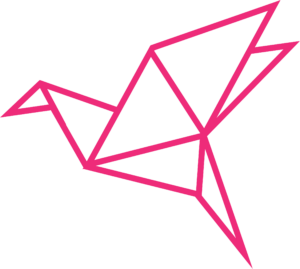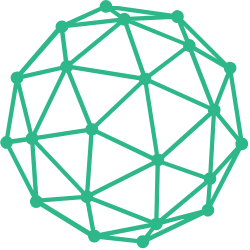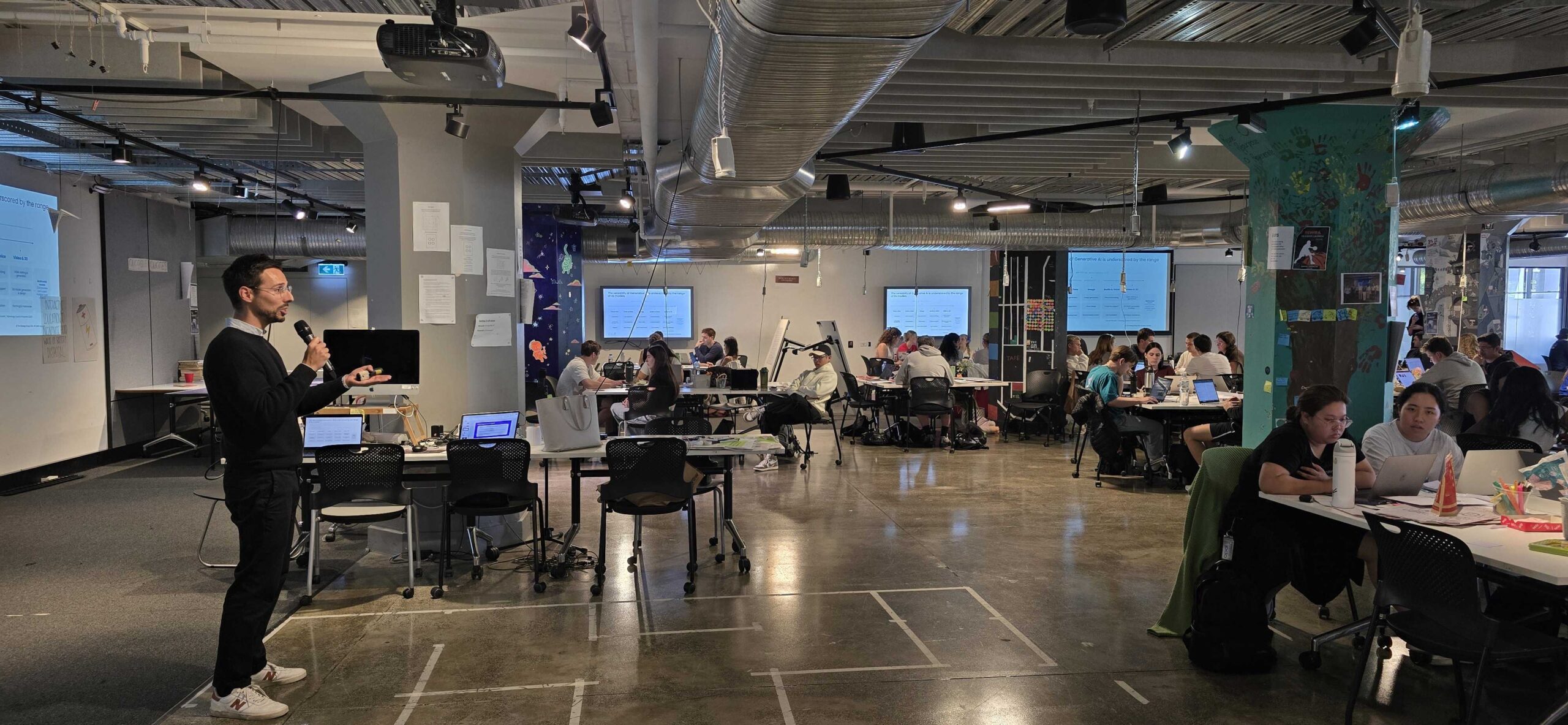Three Lenses To A Good Idea
You will learn lots of different models of thinking in the early days of your innovation journey.
One of the first you will see is the desirable/ feasible/ viable approach to evaluating ideas:
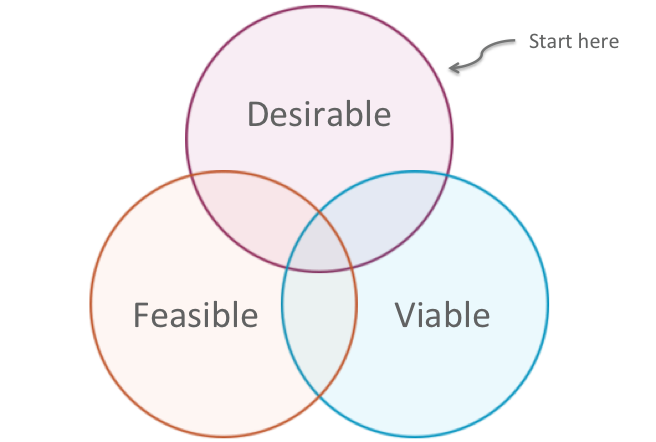
You can use this model to make sure your new product, service or venture is worth pursuing, by looking at it through three lenses:
- Desirability from your customers’ perspective;
- Feasibility from a technical perspective;
- Viability from a financial perspective.
Or, put more simply, ask and answer these three questions:
- Do customers want it?
- Can we build it?
- Could it be a business?
You should conduct research and run tests to find your answers, always starting with the customer question first. Why? Because if you find out customers don’t want it, why would you spend your time building it or waste your money funding it?
Testing Your Idea
So imagine you have come up with a really promising idea and go to work building a prototype to test with customers.
You sketch a storyboard illustrating your customers using it. Design a brochure explaining the customer value it offers. Maybe you even invest the time to build a slick minimum viable product (MVP) for your customers to play with and then you track them down to ask what they think:
“Wow, that’s really cool – how did you come up with that?”
“Yeah, I can think of plenty of people that would want one”
“That’s an awesome idea, I wouldn’t tell anyone if I were you!”
Do your customers want it?
Of course they do! Did you hear that feedback?!
Why Customers Lie
Unfortunately there is a big difference between what customers say and what they actually think.
Why would your customers lie to you? Well, mainly because they are normal people that want to be nice. You have shown them a prototype of an idea you are clearly passionate about. They don’t want to disappoint you by saying negative things. So, they say positive things and encourage you to stick with your big idea.
So what then happens when you ask customers for more than their opinion? Like if you ask them to sign up to your marketing database, or to recommend a friend or colleague or, better still, to pay you money?
You might find the conversation changes tone and that your new product, service or venture isn’t quite so desirable as a couple of minute earlier.
When Desirability Becomes Revenue
We’ve developed a simple model to help you cut through the social niceties of prototype testing and get to the cold hard truth of customer demand:

In our experience testing prototypes with customers, we have found they usually respond in one of four ways:
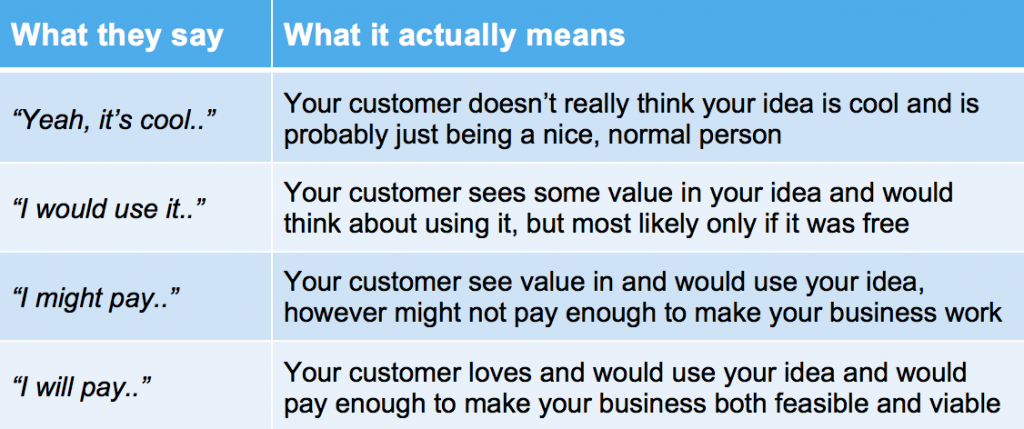
You can see how progressing up each level of the pyramid takes you through another threshold of customer desirability; first, delivering customers genuine value, then uncovering their willingness to pay (something) and, lastly, determining they are willing to pay your asking price to receive that value.
Testing True Desirability
It’s hard not to get excited about your idea when customers show interest, however one day your idea will need to start generating revenue – to pay employees, to pay suppliers and to keep your investors happy.
It’s better to know the truth sooner rather than later, so you can get on with developing something your customers will truly love – and actually pay for.
There’s no shortage of tests you can run to evaluate customer desirability and propensity to pay for your idea.
Feel free to reach out to Julian on 0430 058 069 or julian@thestrategygroup.com.au for a coffee and a quiet chat on some approaches that could work for you and your promising idea.

